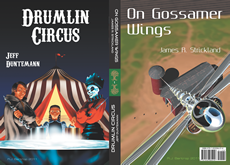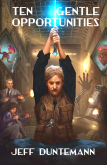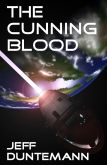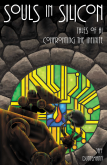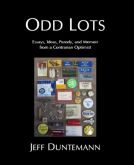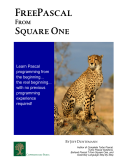Years’n’years ago somebody asked me if contrarianism were just another word for skepticism. My answer was No—but I couldn’t explain why at the time and said I would think about it. I did the promised thinking, though I don’t think I’ve ever explored the issue at length here on Contra or anywhere else. Well, it’s time.
My first insight on the question was that contrarianism is broad, whereas skepticism is narrow. Fleshed out a little, that insight became this: Skepticism is targeted; we’re skeptical about something, not simply skeptical, period. I’ve since refined that insight to its current form:
Contrarianism is a mindset; skepticism is its mechanism.
Contrarianism welcomes (and sometimes celebrates) doubts. Skepticism examines those doubts to determine if they have any value. I explored the notion of contrarianism here on Contra in my entry of January 1, 2009. I didn’t get into skepticism in that piece since people so easily confuse the two.
The scientific method is essentially systematic and disciplined skepticism. The example I often cite is that of the supposed Law of Parity. Some physicists had doubts about the Law of Conservation of Parity as observed in nuclear physics. They did some new experiments in the 1950s, and demonstrated that parity was not always conserved.
I take a little heat from some people over my skepticism of dark matter. We don’t know what true dark matter is made of, but I’m pretty sure it’s not subatomic particles as we understand them. For once, the Grok AI answered my question “What is dark matter made of?” by admitting that we don’t know: “Dark matter’s composition remains unknown.” I have a (personal) hypothesis, since we only know dark matter by the shape of space, and the shape of space is affected by gravity: Dark matter is gravitational distortion of space caused by mass existing in a higher dimension. I don’t claim it’s true, but until more and better research answers the question, that hypothesis remains my best guess. (And I’ll bet there’s a story or three in it!)
Skepticism operates in many other realms than that of science. My skepticism is most active when I confront conventional wisdom, those often bogus things that “everybody knows.” Back in 1970 or so, “everybody” knew that we were about to enter a new ice age. A few years later, when winters didn’t get any worse, the coin flipped and then it was global warming. This sounded fishy to me, and my skepticism kicked into high gear. There are loads of lists online of apocalyptic scare stories about climate that never came even close to being true. I continue to research climate, but as climate research has now become utterly political, I won’t discuss it further here.
Skepticism goads the skeptic into learning new (and often useful) things. I heard the tired old saw, “Fat makes you fat” a great deal in my early life. I went largely low-carb in 1997 by not drinking sugar-sweetened iced tea because I threw a kidney stone. I lost 5 or 6 pounds in a few months. This startled the hell out of me. Over the next several years I researched diet, and when I happened on Gary Taubes’ book Good Calories, Bad Calories, I began to understand. I am now 20 pounds lighter than I was in 1997 because I only rarely have carb dishes like pasta or rice, I rarely drink sodas, and mostly adhere to our diet of meat, fish, eggs, dairy, and salad. Skepticism of conventional wisdom (“Fat makes you fat”) drove me to do that research, and I’ve learned a lot in the process.
It’s important to remember that good skepticism is to some extent skeptical of itself. I overrode my skepticism of the government’s declarations on COVID, and got the Pfizer vacc and its booster. Mercifully, I stopped there, but I remained skeptical enough to get a supply of HCQ and Zinc Sulfate via a telemed MD just in case. When we finally caught COVID in ‘23, the HCQ/Zinc protocol knocked the damned thing out in 5 days. Well, the Powers finally admitted that the Pfizer vacc won’t keep you from getting it or spreading it. It is thus not a vaccine at all, but a form of pre-treatment that carries side effects we’re only now pinning down. Like climate, the side effects issue has become completely political, and I won’t discuss it further here. The lesson is just this: Keep your skepticism on a short leash, and pay attention to its sidebands; i.e., issues to either side of the core object of your skepticism.
Skepticism has other benefits. Skepticism fosters an open mind. Skeptics are scammed a lot less often. Skeptics don’t get swept up into fads and tribal tarpits as easily. Skeptics readily admit when they’re wrong about something, largely because skepticism causes them to be wrong less often.
In short, skepticism has made my life better and taught me a great deal. More than that, in conjunction with my contrarianism, it’s kept me a free man. And that’s why I am a skeptic now and always will be.
